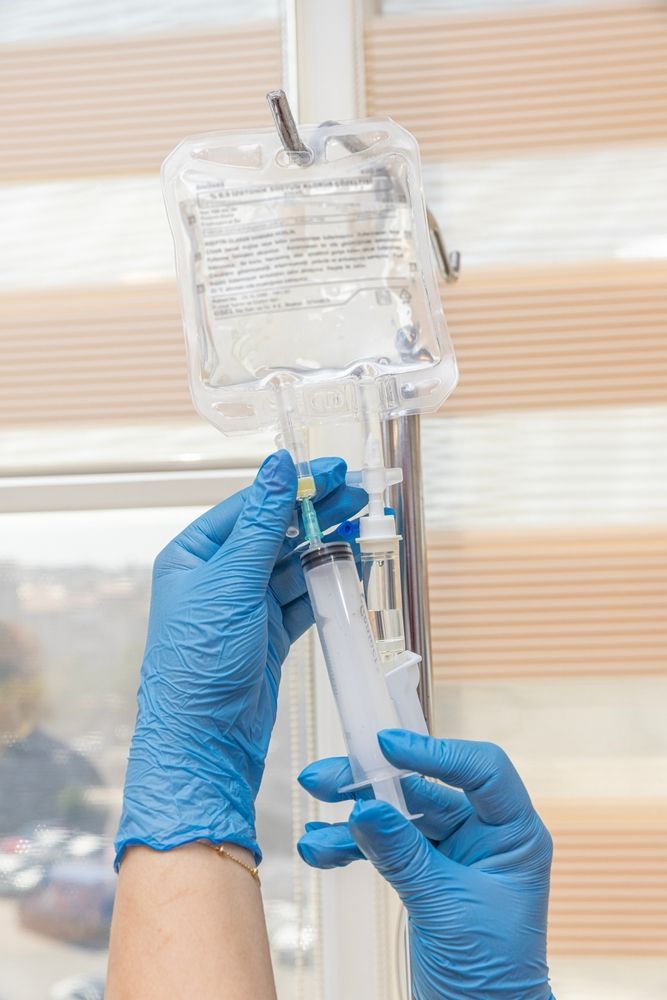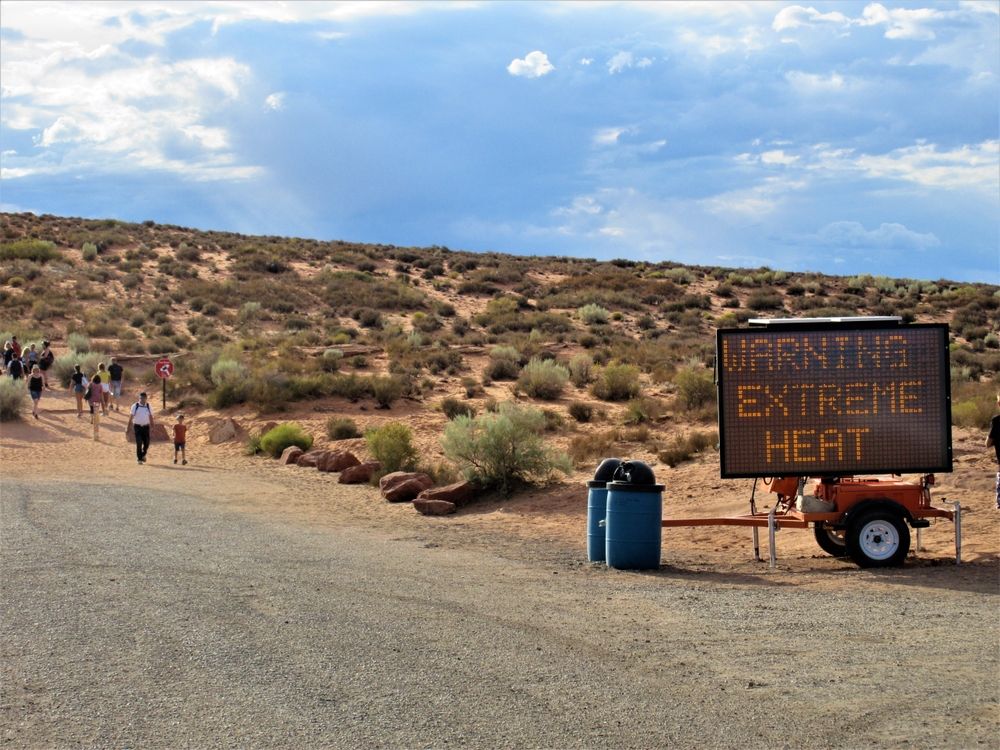Stay Cool: Top Strategies for Effectively Managing Heat Stress

As temperatures rise, so does the risk of heat stress. Understanding how to navigate these warm days is essential for both individual health and workplace safety. In this article, we will explore various strategies for effectively managing heat stress, from understanding its science to implementing practical prevention and coping techniques.
Understanding Heat Stress
The Science Behind Heat Stress
Heat stress occurs when the body cannot dissipate heat effectively, leading to an increase in core body temperature. This physiological condition can arise from high environmental temperatures, high humidity, or exertion. Heat production via activities like exercise and manual labor can compound the problem.
The body’s primary means of cooling itself is through sweating, where sweat evaporates from the skin surface. However, in high humidity, this process is impaired, which can raise the risk of overheating. Understanding this science is the first step in combating heat-related concerns. Additionally, factors such as age, hydration levels, and acclimatization to heat can significantly influence an individual's susceptibility to heat stress. For instance, young children and older adults often have a reduced ability to regulate body temperature, making them particularly vulnerable during extreme heat events. Moreover, individuals who are not accustomed to high temperatures may experience heat stress more readily than those who have gradually acclimatized to warmer conditions.
Common Symptoms of Heat Stress
Recognizing the symptoms of heat stress is crucial for prompt action. Common symptoms include:
- Heavy sweating
- Weakness or fatigue
- Headache
- Dizziness or fainting
- Nausea or vomiting
If individuals experience these symptoms, immediate intervention is necessary to prevent heat exhaustion or heat stroke, which can be life-threatening. In addition to these symptoms, heat stress can also lead to confusion, irritability, and rapid heartbeat, which may not be as widely recognized. It’s essential for those working or exercising in hot environments to monitor not only their own symptoms but also those of their peers. Implementing regular breaks in shaded or air-conditioned areas, staying hydrated, and wearing appropriate clothing can all help mitigate the risks associated with heat stress. Furthermore, education about the signs of heat-related illnesses can empower individuals to take proactive measures, ensuring a safer environment for everyone involved.
Importance of Managing Heat Stress
Impact on Physical Health
Failure to manage heat stress can result in severe health consequences. Conditions like heat cramps, heat exhaustion, and heat stroke can develop rapidly and necessitate emergency medical attention. Prolonged exposure without adequate management can lead to systemic issues, possibly affecting vital organs over time. The body's ability to regulate temperature diminishes under extreme conditions, which can lead to dehydration and electrolyte imbalances, further complicating recovery efforts.
In occupational settings, the stakes are even higher, as construction workers, emergency responders, and agricultural employees are more vulnerable. Therefore, instituting preventive measures is not just a recommendation; it’s a necessity for sustaining physical health. Employers must implement training programs that educate workers about recognizing the early signs of heat stress and the importance of hydration. Additionally, providing shaded rest areas and scheduling work during cooler parts of the day can significantly mitigate risks associated with heat exposure.
Effect on Mental Well-being
Heat stress isn't merely a physical affliction; it also influences mental health. Excessive heat can cause irritability, decreased cognitive function, and impaired judgment. When the body is under heat stress, individuals may find it challenging to concentrate and make decisions. This cognitive decline can lead to increased errors in judgment, particularly in high-stakes environments like construction sites or emergency response situations, where quick thinking is crucial.
Moreover, prolonged exposure to high temperatures can further exacerbate conditions such as anxiety and depression. Studies have shown that heat can intensify feelings of discomfort and frustration, leading to a cycle of stress that can be hard to break. Thus, effective heat stress management is crucial for promoting mental clarity and ensuring overall well-being. Creating a supportive work environment that encourages regular breaks and open communication about heat-related challenges can play a vital role in maintaining mental health during hot weather.
Prevention of Heat Stress
Hydration: The Key to Heat Stress Prevention
The body loses significant amounts of water and electrolytes through sweat, meaning staying well-hydrated is vital. Drinking cool water regularly—before, during, and after exposure to heat—can help maintain body temperature and replace lost fluids.
Additionally, incorporating beverages with electrolytes can be beneficial, particularly for those engaging in prolonged physical activity. Monitoring hydration levels and recognizing signs of dehydration are fundamental steps in prevention.
Appropriate Clothing for Heat Stress Management
What you wear can significantly impact your susceptibility to heat stress. Lightweight, loose-fitting, and light-colored clothing allows for better airflow and enables sweat to evaporate more efficiently. Fabrics made from natural fibers, such as cotton, can help keep body temperature down.
Avoiding heavy, dark, or tight clothing can reduce the risk of overheating and improve comfort levels when faced with high temperatures. Using additional accessories, such as wide-brimmed hats and UV-blocking sunglasses, also contributes to overall protection.
Coping Strategies for Heat Stress
When experiencing signs of heat stress, it’s crucial to implement immediate cooling strategies. Some effective methods include:
- Relocating to a cooler, shaded area or an air-conditioned space.
- Applying cool, damp cloths to pulse points such as the neck, wrists, and forehead.
- Taking a cool shower or bath.
These techniques can provide rapid relief and help lower body temperature effectively.
Dietary Adjustments to Combat Heat Stress
Incorporating specific dietary practices can also assist in managing heat stress. Consuming light meals that are easy to digest—such as salads, fruits, and vegetables—can help maintain energy levels without increasing internal temperatures.
Additionally, foods that are high in water content, like cucumbers, watermelon, and oranges, can contribute to hydration. Avoiding heavy, spicy, or salty foods can help minimize the risk of dehydration and heat-related issues.
Workplace Strategies for Managing Heat Stress
Creating a Heat Stress Management Plan
For employers, developing a comprehensive heat stress management plan is essential in protecting workers. This plan should include guidelines for monitoring temperatures, scheduling regular breaks, and providing hydration stations.
Furthermore, it should outline responsibilities for supervisors and employees in terms of recognizing symptoms and taking proactive measures. An effective plan fosters a safer workplace and promotes a culture of awareness surrounding heat stress.
Training and Education for Heat Stress Prevention
Ongoing training and education are indispensable in combating heat stress in the workplace. Providing training sessions that focus on recognizing symptoms, understanding the importance of hydration, and implementing cooling strategies equips workers with the skills they need to safeguard their health.
Regularly updating safety practices and fostering an environment for open discussions about heat stress encourages collective responsibility, which ultimately results in a healthier workforce.
In conclusion, understanding, preventing, and managing heat stress are critical for maintaining physical and mental well-being. By applying these strategies, individuals and organizations can stay cool and protect themselves against the dangers of overheating.


















